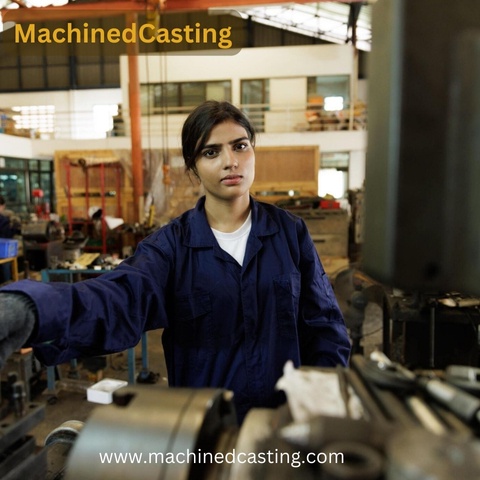Precision machining is a critical process in manufacturing industries, ensuring the production of high-quality components with tight tolerances and exact specifications. From aerospace to automotive, medical devices to electronics, precision machining plays a pivotal role in crafting intricate parts that drive modern technology. In this guide, we'll delve into the world of precision machining, covering everything from the fundamentals to advanced techniques, tools, and best practices.
Fundamentals of Precision Machining:
-
Understanding Precision: Precision machining is all about achieving exactness in dimensions, surface finish, and tolerances. It involves removing material from a workpiece to create the desired shape and dimensions with minimal deviation.
-
Materials: The choice of material significantly impacts the machining process. Common materials include metals like aluminum, steel, titanium, and various alloys, as well as plastics and composites. Each material has its own properties and machining considerations.
-
Machine Tools: Precision machining relies on a range of machine tools, including CNC (Computer Numerical Control) milling machines, lathes, grinders, and EDM (Electrical Discharge Machining) equipment. These machines are equipped with high-precision components and advanced controls to ensure accuracy and repeatability.
-
Cutting Tools: The selection of cutting tools is crucial for achieving precision and efficiency in machining. Carbide inserts, high-speed steel (HSS) tools, and ceramic inserts are common choices, each suited to specific materials and cutting conditions.
Advanced Techniques:
-
CNC Programming: Computer-aided design (CAD) and computer-aided manufacturing (CAM) software are used to generate toolpaths and instructions for CNC machines. Mastering CNC programming enables intricate geometries and precise machining operations.
-
Multi-Axis Machining: Multi-axis machining allows for simultaneous movement of the cutting tool along multiple axes, enabling complex shapes and contours to be machined with exceptional precision. 5-axis and even 9-axis machining centers are employed for intricate components.
-
Toolpath Optimization: Optimizing toolpaths minimizes machining time, reduces tool wear, and enhances surface finish. Strategies such as high-speed machining, trochoidal milling, and adaptive machining maximize efficiency while maintaining precision.
Best Practices:
-
Rigorous Quality Control: Implementing rigorous quality control measures is essential to ensure that machined components meet specifications. This includes in-process inspections, dimensional measurement using precision instruments like micrometers and CMMs (Coordinate Measuring Machines), and final inspection before component assembly.
-
Maintaining Machine Tools: Regular maintenance and calibration of machine tools are critical to preserving accuracy and reliability. Proper lubrication, alignment checks, and replacement of worn components ensure consistent performance.
-
Continuous Learning and Improvement: The field of precision machining is constantly evolving, with new technologies, materials, and techniques emerging regularly. Continuous learning through training programs, workshops, and staying updated with industry developments is essential for mastering precision machining.
Conclusion: Precision machining is the cornerstone of modern manufacturing, enabling the production of components with unparalleled accuracy and quality. By understanding the fundamentals, embracing advanced techniques, and adhering to best practices, manufacturers can achieve mastery in precision machining, driving innovation and excellence in their respective industries.


No comments yet